R. P. Chhabra, J.F. Richardson9780750637701, 0-7506-3770-6
Table of contents :
Preface……Page 12
Acknowledgements……Page 15
1.2.1 Definition of a Newtonian fluid……Page 16
1.2.2 Non-Newtonian fluid behaviour……Page 20
1.3.1 Shear-thinning or pseudoplastic fluids……Page 21
1.3.2 Viscoplastic fluid behaviour……Page 26
1.3.3 Shear-thickening or dilatant fluid behaviour……Page 29
1.4 Time-dependent fluid behaviour……Page 30
1.4.1 Thixotropy……Page 31
1.4.2 Rheopexy or negative thixotropy……Page 32
1.5 Visco-elastic fluid behaviour……Page 34
1.6 Dimensional considerations for visco-elastic fluids……Page 43
Example 1.1……Page 46
1.7 Further Reading……Page 49
1.8 References……Page 50
1.9 Nomenclature……Page 51
2.2 Capillary viscometers……Page 52
2.2.1 Analysis of data and treatment of results……Page 53
Example 2.1……Page 55
2.3.1 The concentric cylinder geometry……Page 57
2.3.2 The wide-gap rotational viscometer: determination of the flow curve for a non-Newtonian fluid……Page 59
2.3.3 The cone-and-plate geometry……Page 62
2.3.4 The parallel plate geometry……Page 63
8.3 Gas– liquid mixing……Page 0
2.4 The controlled stress rheometer……Page 65
2.5 Yield stress measurements……Page 67
2.6 Normal stress measurements……Page 71
2.7 Oscillatory shear measurements……Page 72
2.7.1 Fourier transform mechanical spectroscopy (FTMS)……Page 75
2.8 High frequency techniques……Page 78
2.8.2 Pulse propagation techniques……Page 79
2.9 The relaxation time spectrum……Page 80
2.10 Extensional flow measurements……Page 81
2.10.2 Filament-stretching techniques……Page 82
2.12 References……Page 84
2.13 Nomenclature……Page 86
3.1 Introduction……Page 88
3.2.1 Power-law fluids……Page 89
3.2.2 Bingham plastic and yield-pseudoplastic fluids……Page 93
Example 3.2……Page 96
3.2.3 Average kinetic energy of fluid……Page 97
3.2.4 Generalised approach for laminar flow of time-independent fluids……Page 98
Example 3.3……Page 100
3.2.5 Generalised Reynolds number for the flow of time-independent fluids……Page 101
3.3 Criteria for transition from laminar to turbulent flow……Page 105
Example 3.4……Page 108
3.4 Friction factors for transitional and turbulent conditions……Page 110
3.4.1 Power-law fluids……Page 111
Example 3.6……Page 113
Example 3.7……Page 116
Example 3.8……Page 121
3.4.5 Velocity profiles in turbulent flow of power-law fluids……Page 126
3.5 Laminar flow between two infinite parallel plates……Page 133
Example 3.9……Page 135
3.6 Laminar flow in a concentric annulus……Page 137
3.6.1 Power-law fluids……Page 139
Example 3.10……Page 141
3.6.2 Bingham plastic fluids……Page 142
Example 3.11……Page 145
3.7 Laminar flow of inelastic fluids in non-circular ducts……Page 148
Example 3.12……Page 151
3.8.1 Sudden enlargement……Page 155
3.8.2 Entrance effects for flow in tubes……Page 157
3.8.3 Minor losses in fittings……Page 160
3.8.4 Flow measurement……Page 161
Example 3.13……Page 162
3.9.1 Positive displacement pumps……Page 164
3.9.2 Centrifugal pumps……Page 168
3.9.3 Screw pumps……Page 170
3.11 References……Page 172
3.12 Nomenclature……Page 174
4.1 Introduction……Page 177
4.2.1 Introduction……Page 178
4.2.2 Flow patterns……Page 179
4.2.3 Prediction of flow patterns……Page 181
4.2.4 Holdup……Page 184
4.2.5 Frictional pressure drop……Page 192
4.2.6 Practical applications and optimum gas flowrate for maximum power saving……Page 208
Example 4.1……Page 209
Example 4.2……Page 216
4.5 References……Page 217
4.6 Nomenclature……Page 219
5.1 Introduction……Page 221
5.2 Drag force on a sphere……Page 222
5.2.1 Drag on a sphere in a power-law fluid……Page 223
5.2.2 Drag on a sphere in viscoplastic fluids……Page 226
Example 5.2……Page 228
5.2.3 Drag in visco-elastic fluids……Page 230
5.2.4 Terminal falling velocities……Page 231
Example 5.4……Page 233
5.2.5 Effect of container boundaries……Page 234
5.2.6 Hindered settling……Page 236
Example 5.5……Page 237
5.3 Effect of particle shape on terminal falling velocity and drag force……Page 238
5.4 Motion of bubbles and drops……Page 239
5.5 Flow of a liquid through beds of particles……Page 243
5.6.1 Porous media……Page 245
5.6.2 Prediction of pressure gradient for flow through packed beds……Page 247
Example 5.6……Page 254
5.6.3 Wall effects……Page 255
5.6.4 Effect of particle shape……Page 256
5.6.5 Dispersion in packed beds……Page 257
5.6.6 Mass transfer in packed beds……Page 260
5.6.7 Visco-elastic and surface effects in packed beds……Page 261
5.7.1 Effect of liquid velocity on pressure gradient……Page 264
Example 5.7……Page 266
5.7.3 Bed expansion characteristics……Page 267
5.7.4 Effect of particle shape……Page 268
5.7.5 Dispersion in fluidised beds……Page 269
5.9 References……Page 270
5.10 Nomenclature……Page 273
6.1 Introduction……Page 275
6.2 Thermo-physical properties……Page 276
Example 6.1……Page 277
6.3 Laminar flow in circular tubes……Page 279
6.4 Fully-developed heat transfer to power-law fluids in laminar flow……Page 280
6.5.1 Theoretical analysis……Page 282
6.5.2 Experimental results and correlations……Page 287
Example 6.2……Page 288
6.6.2 Experimental results and correlations……Page 292
Example 6.3……Page 293
6.7 Effect of temperature-dependent physical properties on heat transfer……Page 296
6.8 Effect of viscous energy dissipation……Page 298
6.10 Further reading……Page 300
6.11 References……Page 301
6.12 Nomenclature……Page 302
7.1 Introduction……Page 304
7.2 Integral momentum equation……Page 306
7.3 Laminar boundary layer flow of power-law liquids over a plate……Page 308
7.3.1 Shear stress and frictional drag on the plane immersed surface……Page 310
7.4 Laminar boundary layer flow of Bingham plastic fluids over a plate……Page 312
Example 7.1……Page 314
7.5.2 Turbulent boundary layer flow……Page 317
7.6 Heat transfer in boundary layers……Page 318
7.6.1 Heat transfer in laminar flow of a power-law fluid over an isothermal plane surface……Page 321
Example 7.2……Page 325
7.7 Mass transfer in laminar boundary layer flow of power- law fluids……Page 326
7.8 Boundary layers for visco-elastic fluids……Page 328
7.9.1 Spheres……Page 329
7.9.2 Cylinders in cross-flow……Page 330
Example 7.3……Page 331
7.10.1 Vertical plates……Page 333
7.10.3 Horizontal cylinders……Page 334
Example 7.4……Page 335
7.12 References……Page 336
7.13 Nomenclature……Page 337
8.1.1 Single-phase liquid mixing……Page 339
8.1.2 Mixing of immiscible liquids……Page 340
8.1.7 Miscellaneous mixing applications……Page 341
8.2.1 Mixing mechanisms……Page 342
8.2.2 Scale-up of stirred vessels……Page 346
8.2.3 Power consumption in stirred vessels……Page 347
Example 8.1……Page 350
Example 8.2……Page 358
Example 8.4……Page 359
8.2.4 Flow patterns in stirred tanks……Page 361
8.2.5 Rate and time of mixing……Page 371
8.3.1 Power consumption……Page 377
8.3.2 Bubble size and hold-up……Page 378
8.3.3 Mass transfer coefficient……Page 379
8.4 Heat transfer……Page 380
8.4.1 Helical cooling coils……Page 381
8.4.2 Jacketed vessels……Page 384
Example 8.5……Page 386
8.5.1 Mechanical agitation……Page 389
8.5.2 Rolling operations……Page 397
8.5.2 Portable mixers……Page 398
8.6.1 Extruders……Page 399
8.6.2 Static mixers……Page 400
8.7 Further reading……Page 403
8.8 References……Page 404
8.9 Nomenclature……Page 406
Problems……Page 408
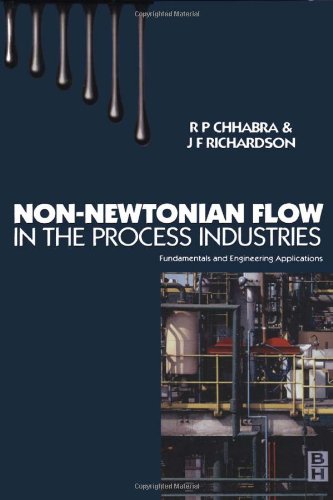
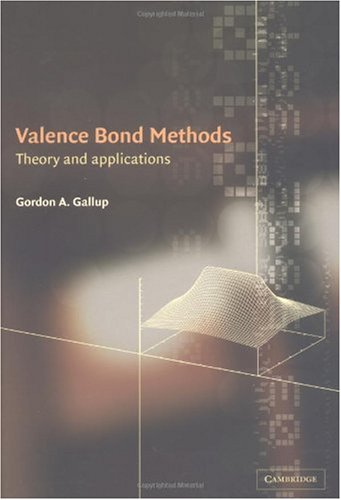
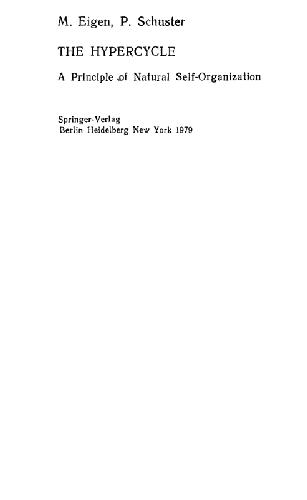

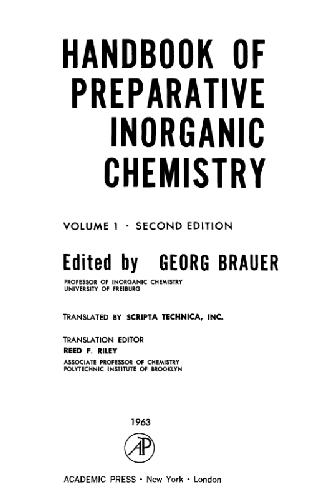
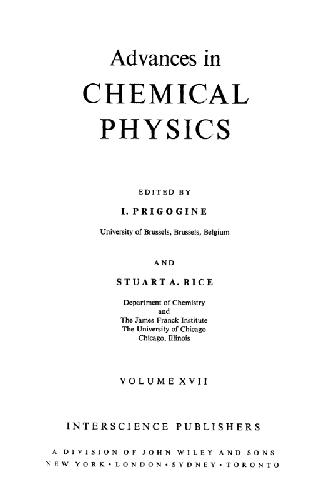
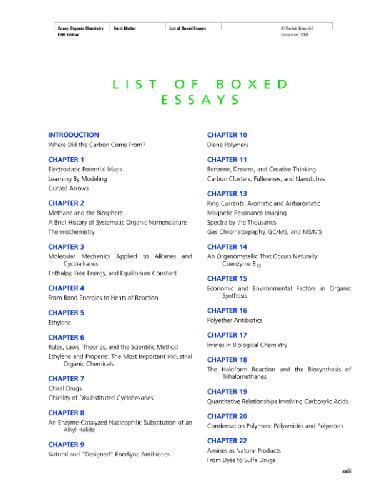
Reviews
There are no reviews yet.